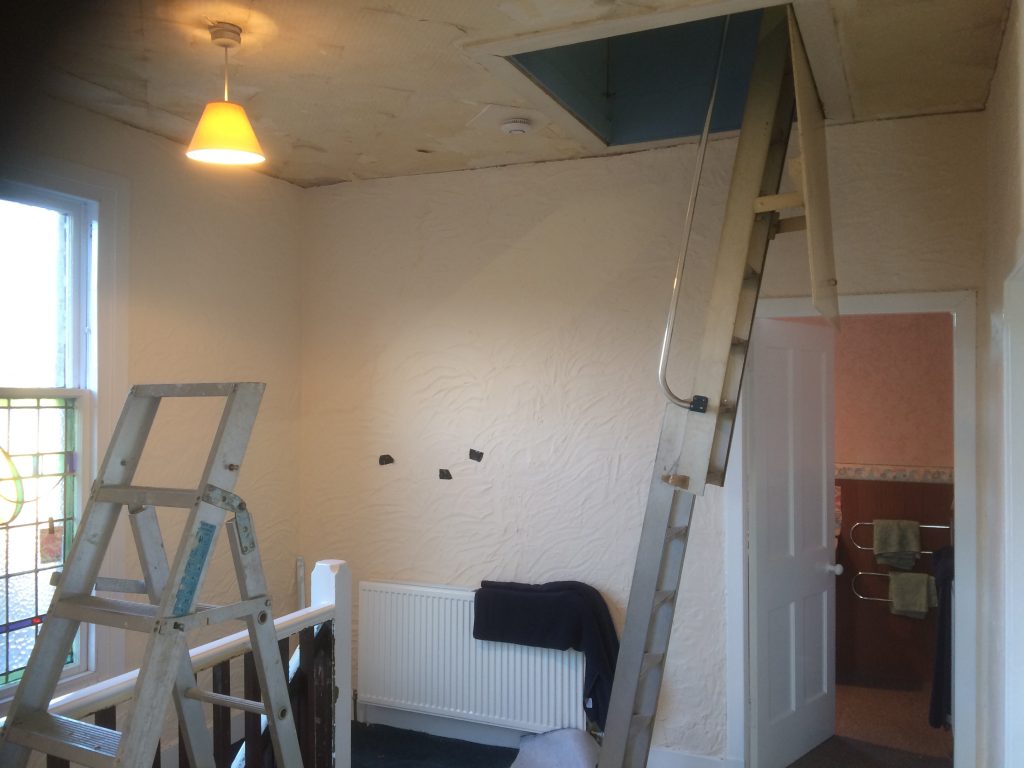
The mention of this can strike fear into a home owner. However so long as the risk is identified, managed properly and the material dealt with correctly if required then this should not act as a barrier to extending or altering your house, it may add to the cost but it may not . Much depends on a number of factors such as; is it present, if so will the work disturb it, will it become a greater problem later on…sometimes it can be left in place and it’s location and nature recorded.
If you have a home report check this to see if asbestos is mentioned. Most Surveyors should pick this up but only if there were clear visible signs or other evidence indicating that it could be present. Don’t just rely on your home report though.. let common sense prevail!
Asbestos is a mineral which is fibrous in nature and comes in different forms and it was used in UK homebuilding industry until November 1999, when white asbestos was finally made illegal except for a small number of specialised uses. The import and use of blue and brown asbestos was banned in the UK in 1985. Houses built in the UK this century should generally not contain asbestos.
If your property was constructed, altered or improved before 1999 there is a probability that asbestos will be present in one form or another. Decorative coatings for ceilings such as Artex were still being manufactured with white asbestos up until the mid 1980s. It was common to plaster over this once it started to go out of fashion so can often be hidden.
Asbestos cement boards which were often used for soffit boards (commonly the flat bit below the gutters at the top of the wall) can still be found in both private housing and ex council stock housing. Boards can come in different forms and some can be more problematic to deal with than others.
In summary, start by treating all asbestos containing materials as dangerous. If in any doubt at all then an Asbestos Survey should be carried out and advice sought. Once you know what you are dealing with then if appropriate you can design around it so as not to disturb it or deal with it a proper manner at the right time and by doing so mitigate the cost and delay to the job. Much better to do this than find out too late after you have spread asbestos fibres about your house and on people!
There are two types of asbestos survey; a Management survey and a Refurbishment and Demolition survey. If you are for example taking down a wall between a kitchen and dining room and the kitchen ceiling has visible artex or there is a suspicion that something has been covered up then to get the “artex” or area checked will cost around £ 90.00 based on one sample. You’ll get the results in a few days.
If you are carrying out more extensive work say on an old property or one that has been upgraded in the past then as a rough guide expect to pay somewhere around £ 250.00 to £ 450.00 for an Asbestos Refurbishment and Demolition survey which is the one you require. The cost varies depending on the scope of the works, how many samples are required and how difficult they are to obtain. For more information and guidance click here to take you to a page on the HSE website.